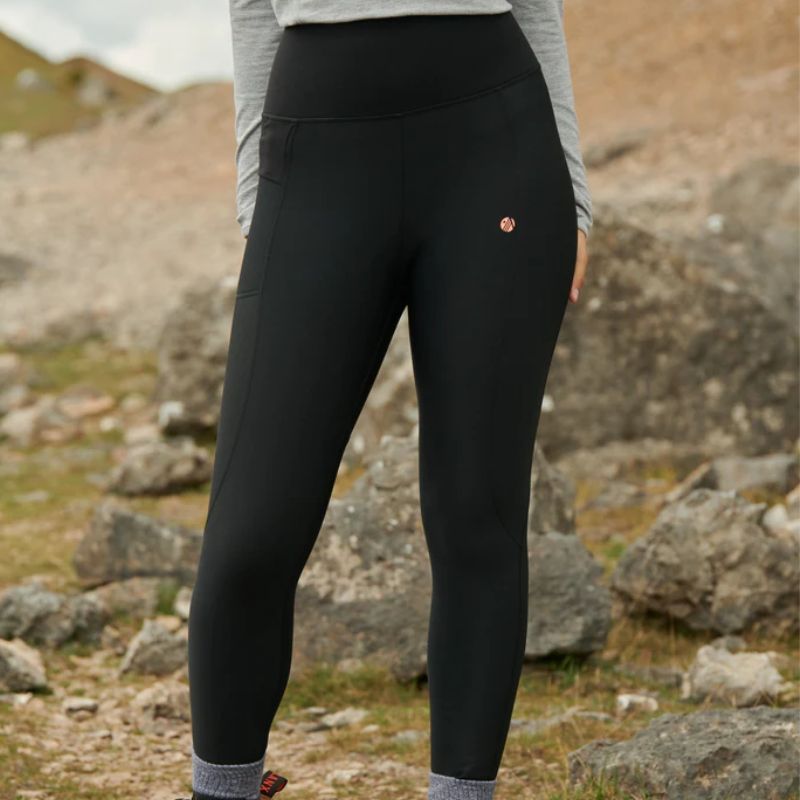What to wear hiking - 12 ideas for blending style and practicality
Writer and outdoor enthusiast Susan Griffin finds out how to combine aesthetics and suitability for outdoor clothing you will be excited to wear this winter
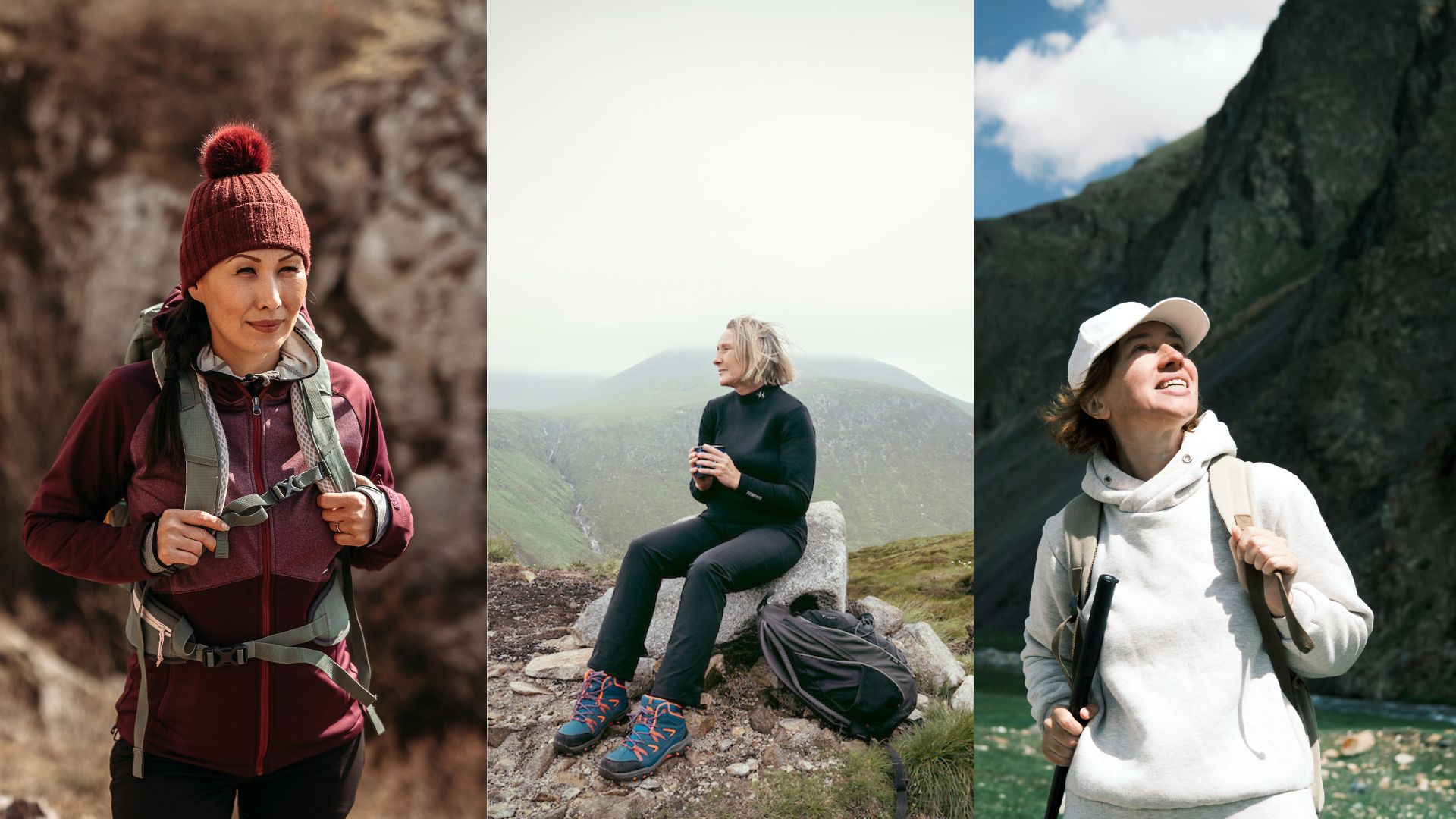

Knowing what to wear hiking can be tricky if you're a newcomer to the activity or looking to update your wardrobe. Even the most savvy can struggle to find clothes that both look good and do good - especially given the lack of outdoor wear specifically designed for women. It's a problem that writer and outdoor enthusiast Susan Griffin has come across many times, so here she reveals what to include in a hiking capsule wardrobe.
A few years ago, I remember looking at my reflection and I couldn’t help but cringe as I turned this way and that in newly-purchased waterproof trousers. I didn’t expect to be the epitome of chic, but this was possibly the most unflattering thing I had put on - and that includes a too-small wetsuit I borrowed once and a taffeta ballgown from the early 90s. The trousers were somehow simultaneously shapeless yet rigid, baggy around the crotch and with zero give around the backside, and that is probably because they were designed with a man’s body in mind.
The global outdoor clothing market was valued at $13.9 billion in 2021 and is expected to reach $23.6 billion by the end of 2031, but women have been badly let down by a historically male-dominated industry.
While I reluctantly wore those dowdy trousers on a couple of occasions, it is because there wasn’t much choice. The enduring bias towards a stereotypically male mould has meant either darker clothes blatantly designed for men or those of the so-called ‘shrink and pink’ ilk: clothing structurally designed for men, just in smaller sizes and ‘pretty’ colours.
However, the outdoor industry is finally waking up to the fact women do actually enjoy walking, hiking, climbing and camping, and a necessary change is happening concerning sizing, fit and style. Finding the blend of all three is no mean feat though, so with several years of hiking and outdoor exercise experience under my belt, here I reveal my tried and tested selection. Whether you're looking for the best walking shoes or the best workout leggings to take on the trails with, I've got you covered.
What to wear hiking
Whether it’s a gentle walk, a six-mile hike, or a glamping weekend, I love nothing more than simply spending time outdoors. Soft hiking and heavy walks have eased my anxiety and niggling knee pain, improved my sleep, and helped my productivity. It is also an accessible way to burn calories, which feels even more important now I am over 40 and my metabolism is slowing.
Of course, embracing the elements also means battling them on occasion, especially during the colder months.
Sign up for the woman&home newsletter
Sign up to our free daily email for the latest royal and entertainment news, interesting opinion, expert advice on styling and beauty trends, and no-nonsense guides to the health and wellness questions you want answered.
Ironically, given that there is so much choice these days, it can feel overwhelming to know what you need. To avoid the top hiking mistakes, overbuying or buying the wrong thing, here’s a checklist of the essentials:
Base layer
“This is your moisture management layer, wicking sweat from your body and keeping you dry. It provides a warm insulating layer next to your skin, so keep it a breathable fabric to help with temperature regulation. This layer should be a snug but not tight fit to allow for easy movement. I like to keep this layer a lighter weight and use other layers for warmth,” says Jenn Drummond, a mum of seven who became a Guinness World Record holder in 2023 when she became the first female to climb the Seven Second Summits.
Materials-wise, merino wool provides the perk of being naturally odour-resistant but cotton material is a big mistake. “It will get sweaty as soon as your body warms up but then it takes a long time to dry so when your body cools down again, so you will start shivering from the dampness of the fabric,” says Bromley.
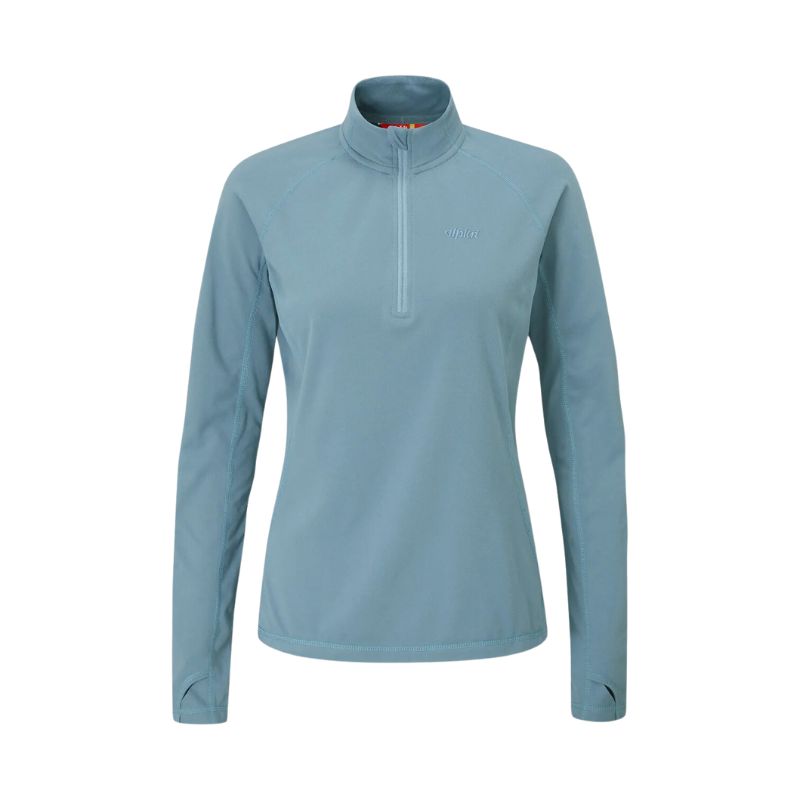
RRP: £49.99 | A reliable thermal base layer is the key to enjoying a workout in cold weather. The Laika Thermal base layer has a 5-star rating for a reason - it's comfortable, suitable for year-round wear, and comes with a handy 1/2 zip detail for ventilation.
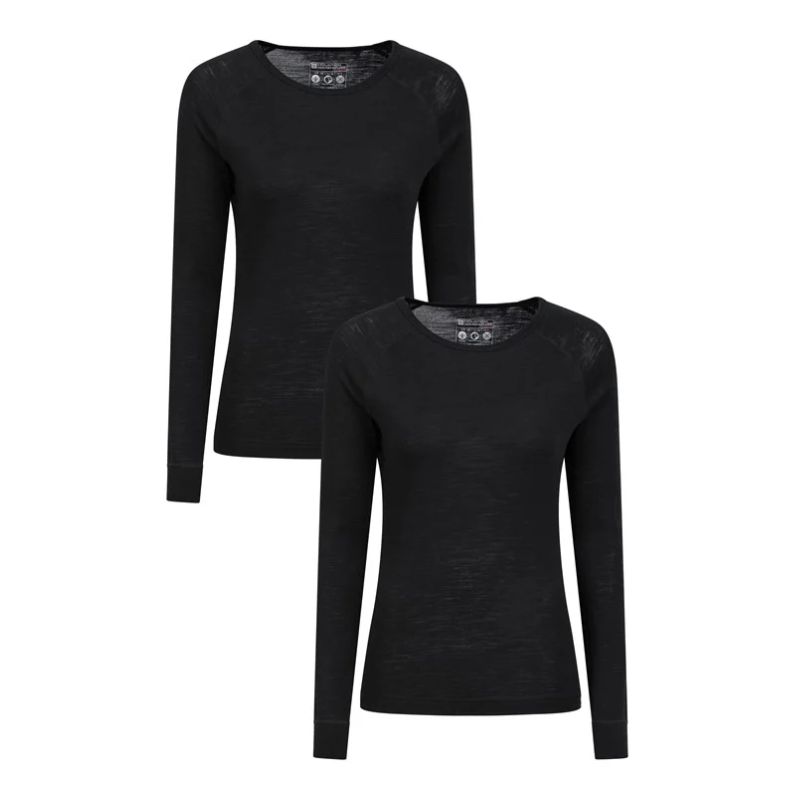
RRP: £119.99 | While more expensive than many other base layers, this option from Mountain Warehouse is the optimal mix of weight and warmth. It's a lightweight layer that stays dry and wicks away sweaty seamlessly, and it comes in a pack of two so you'll always have a spare.
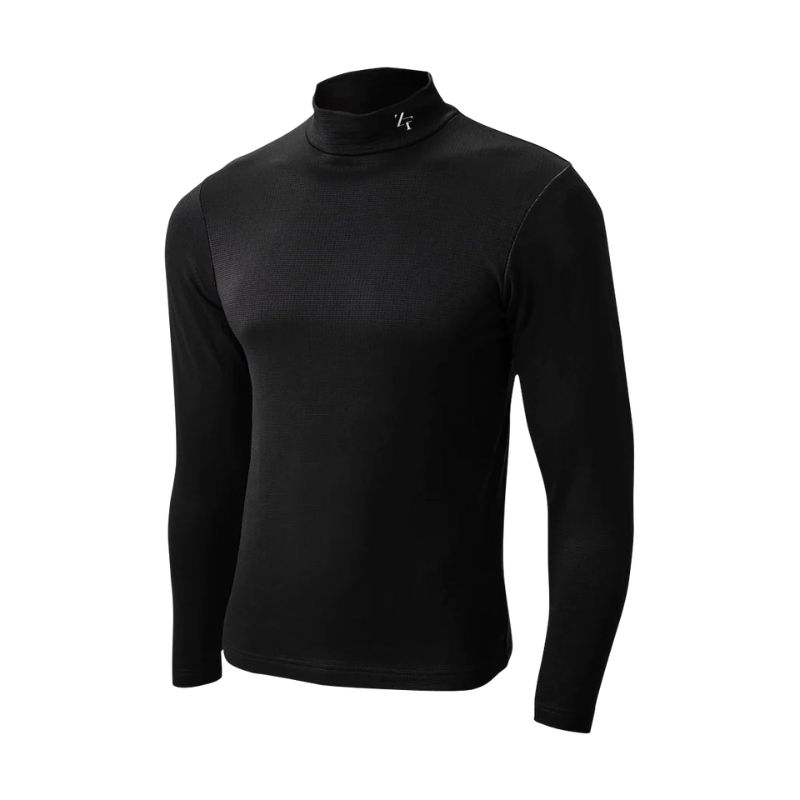
RRP: £40 | It's unusual to find a unisex top that looks just as flattering on women as it does on men but this one by Zerofit ticks all the boxes. Available in multiple colours, its versatile shape and unique material offer warmth and moisture-wicking at the same time.
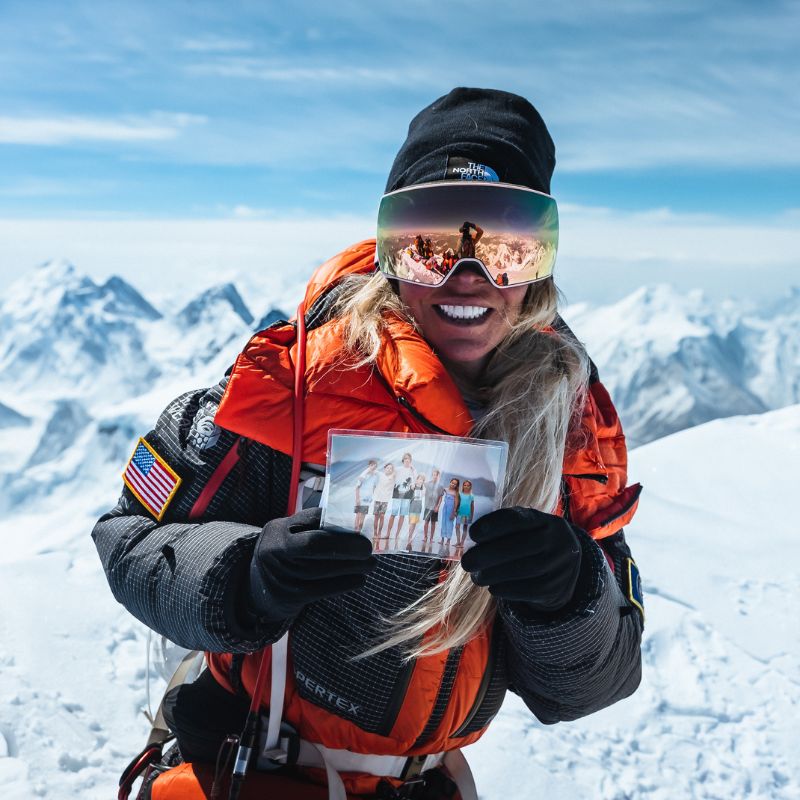
Jenn Drummond had an epiphany following a near-fatal car accident in 2018. She realised you don’t get to choose when you leave this life, but you can choose how to live it. The mum of seven is now an international speaker, Guinness World Record holder, becoming the first woman to climb the Seven Second Summits, author of the upcoming book Breakproof and host of Seek Your Next Summit podcast.
Mid-layer
“Look for good insulating properties like fleece, down, or synthetic insulation. Zippers on this layer will help with ventilation and regulating your temperature," says Drummond.
“A slightly looser fit than the base layer allows for air circulation and layering. Good mid-layers will allow moisture to escape while trapping warmth and add a comfortable layer between your base layer and outer shell. Be aware of this layer being too bulky as that can limit movement and comfort when outdoors if you need to put a jacket on top for wind resistance and waterproofing.” Comfort is key when you're looking to reap all the benefits of walking.
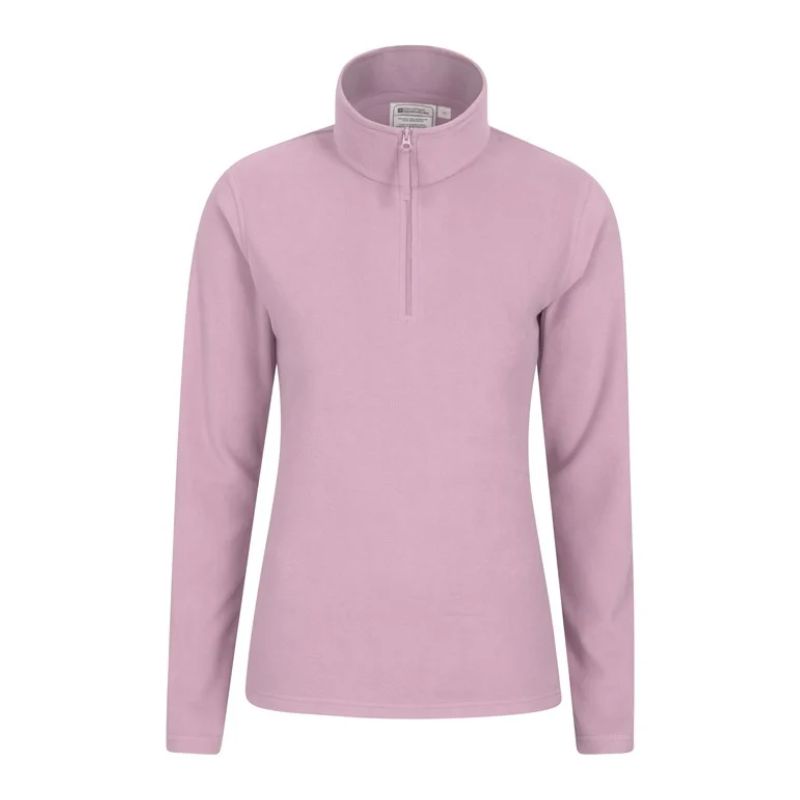
RRP: £22.99 | Cosy, affordable, and practical, this fleece is the perfect mid-layer. It has a quarter-zip collar that allows for a little breathability on the move and has an improved fit, meaning the layer is lightweight and flattering for all who wear it.
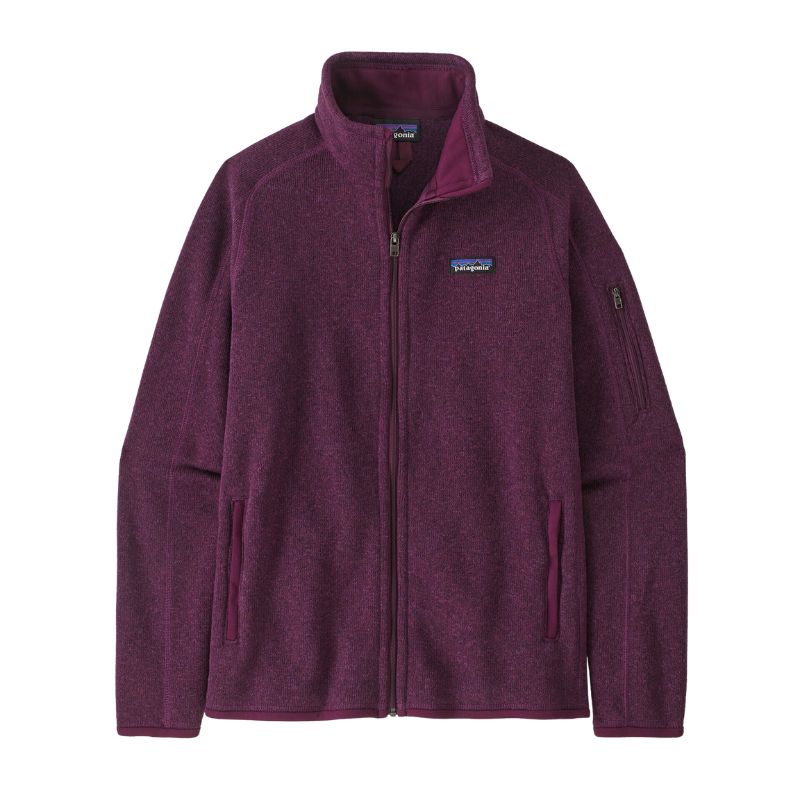
RRP: £130 | This easy-care, full-zip fleece is winter quiet luxury wrapped up. Made from recycled polyester and dyed using an eco-friendly process, it's as much a sustainable investment as it is a comfortable and practical layer for your hikes this winter. Available in multiple colours.
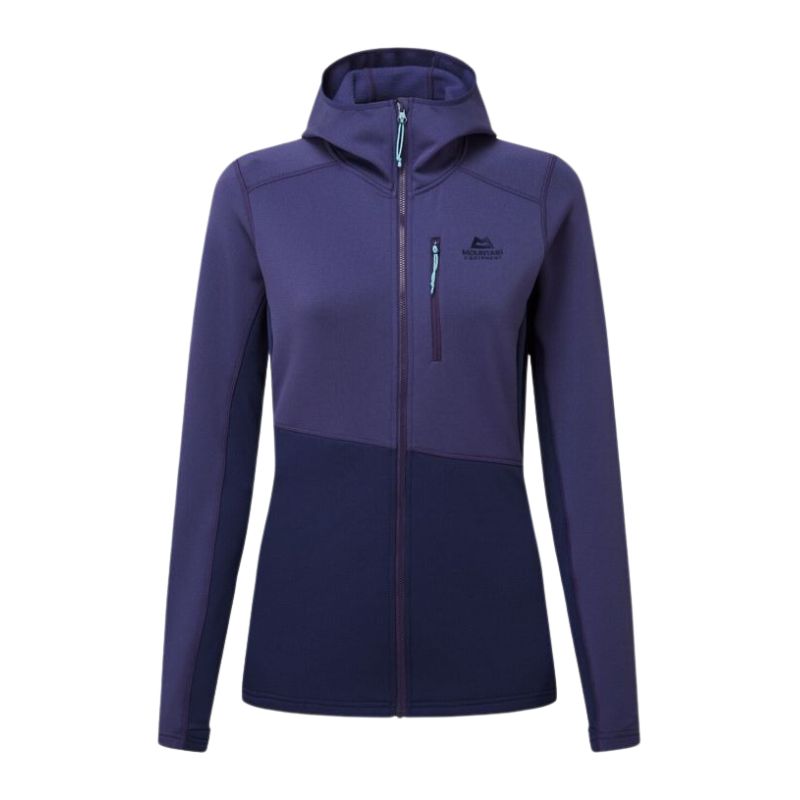
RRP: £130 | Stretchy, adaptive, and made for harsh conditions, this jacket pairs perfectly with a base layer for two-fold protection against the elements. It has a useful pocket on the front for holding essentials like your phone, keeping them away from rain and wind.
Top layer
"The top layer is the layer that keeps you protected from the elements. Depending on your mid layer this layer can have insulation (down or synthetic) or may just be a waterproof/windproof shell,” explains Drummond.
“I always make sure this layer has a hood for extra protection on your neck and head. Again, look for zippers that allow you to shed heat fast. Good pockets help store things for easy access. I like to try and keep this layer lightweight when layering. Keep in mind what environments you usually will be in because it may be a larger size to accommodate the layers you wear below it.”
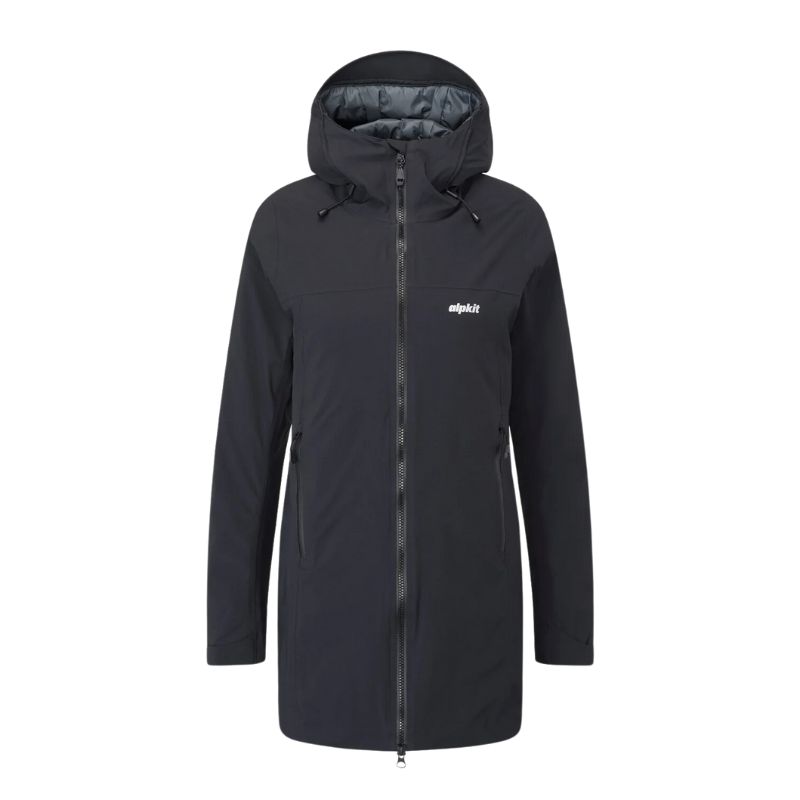
RRP: £249.99 | The Women's Solace Parka is the most versatile top layer with an adjustable hem, two-way front zip, and glove-friendly velcro cuffs among other features. It's great for all kinds of walking from long hikes to short dog walks, waterproof, insulated, and appealingly longer length.
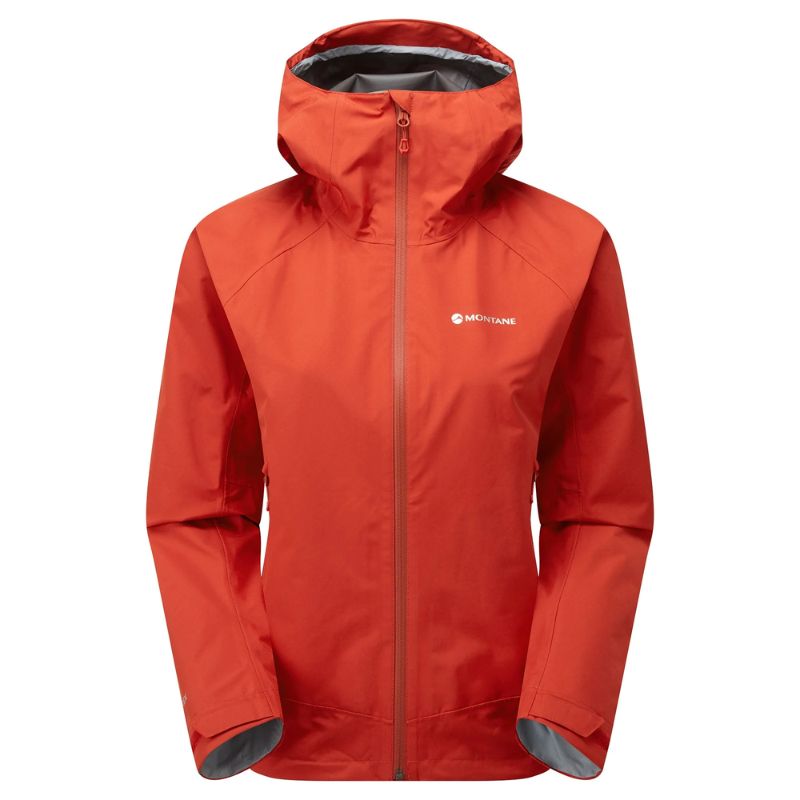
RRP: £210 | Available in multiple exciting colours, the Montane Women's Spirit Waterproof Jacket is a packable waterproof with a handy peaked hood. It has a cinchable hem, adjustable cuffs, and a GORE-TEX membrane to truly keep you warm and dry whatever the season.
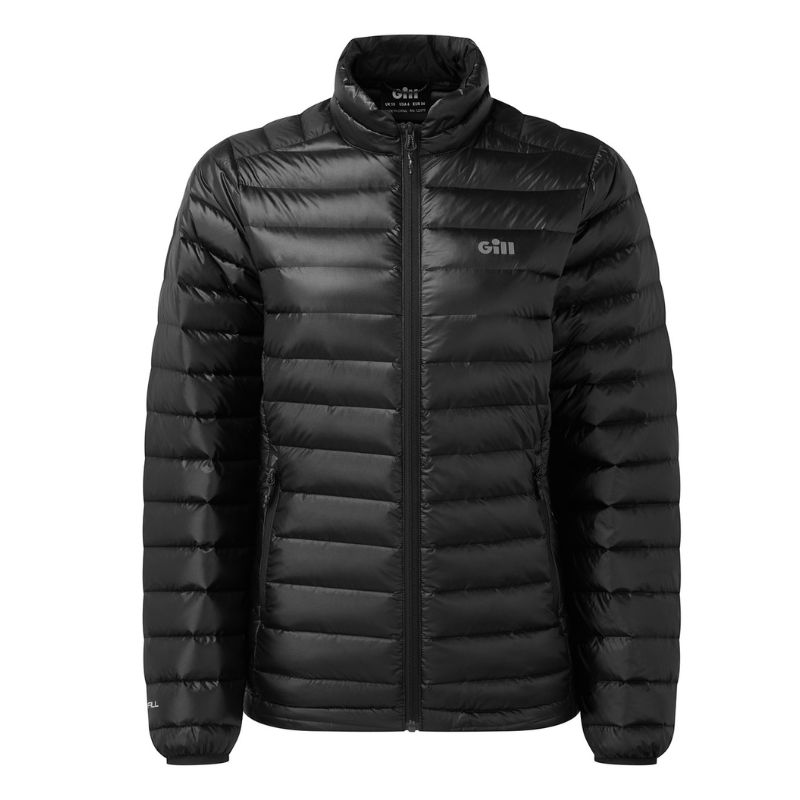
RRP: £150 | Puffer jackets are a staple in any winter wardrobe is essential but this lightweight, warm layer is truly a winner. Sleek black and hydrophobic to ward off light rain, it pairs with trousers or leggings perfectly. It's also lightweight and warm, and packs down into a pocket.
Trousers or leggings
“You can layer here as well depending on where you are,” notes Drummond.
“Layer closest to the skin should be a tiger fight but still allow for mobility. You can buy this layer insulated, windproof, and water-resistant, and sometimes you can even have zippers that allow you to vent heat when needed. Leggings can be worn as a layer or stand-alone, just understand that legging fabric is more prone to wear and tear, while shell layers protect against the elements but can get heavy.”
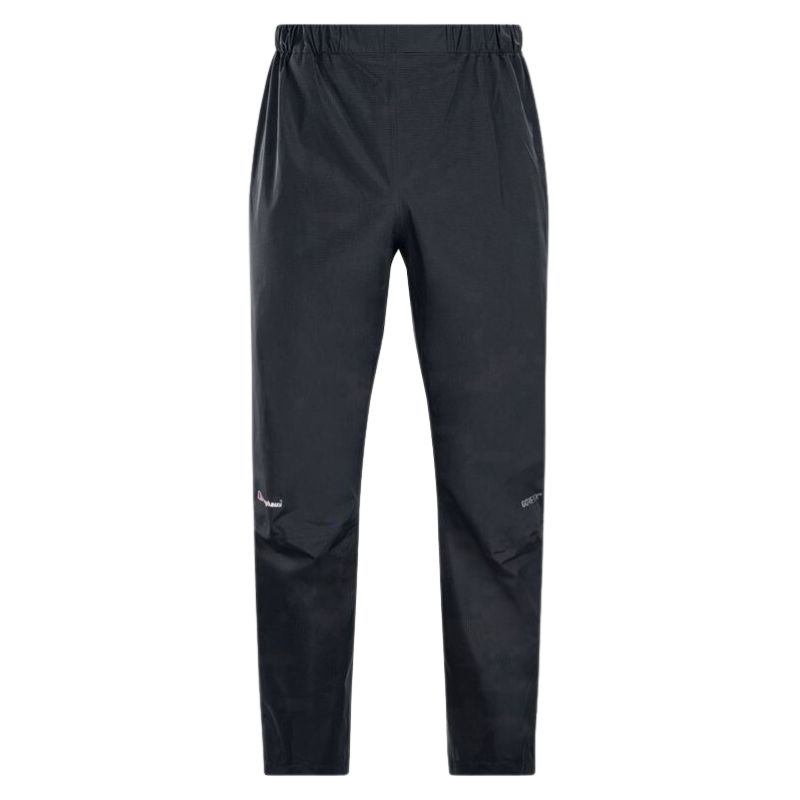
RRP: £140 | Fully waterproof and quick to throw on, these trousers are a lightweight addition to your backpack and go over the top of your regular trousers or leggings when the rain and wind hits. While waterproof trousers can get a (rightfully) bad name, these are comfortable and flattering.
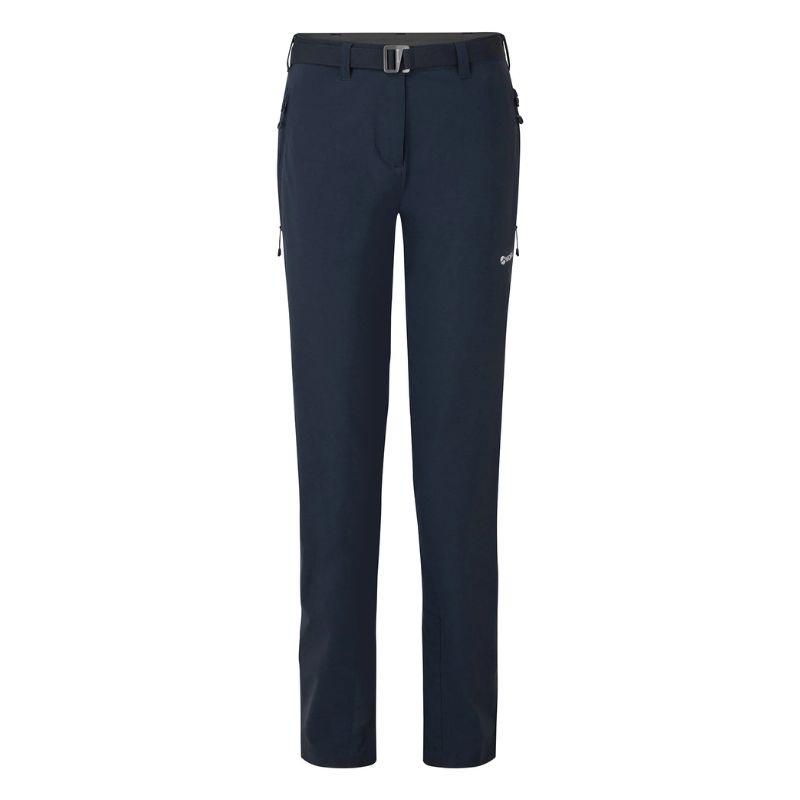
RRP: £110 | Purpose-made hiking trousers may be a little more utilitarian than a pair of the best gym leggings with pockets, but when it comes to staying warm and dry, they are the best. The Women’s Terra Stretch Pants from Montane are multiseasonal with a multitude of pockets and zips.
Footwear
I would argue that you only ever feel as comfortable as your feet do, especially when you are outdoors, so having a pair of the best hiking boots is essential. “The right footwear can make or break even the shortest venture into the outdoors,” says Gemma Smith, a buyer for Cotswold Outdoor.
"Walking boots offer more ankle support; ideal for slippery ground and to offer extra protection. Walking shoes are versatile, working well for less uneven terrain and drier conditions where you won’t find yourself in ankle-deep water or mud. In both, look for a waterproof and breathable membrane to keep feet dry, whilst allowing moisture to escape, preventing wet socks and reducing your risk of blisters."
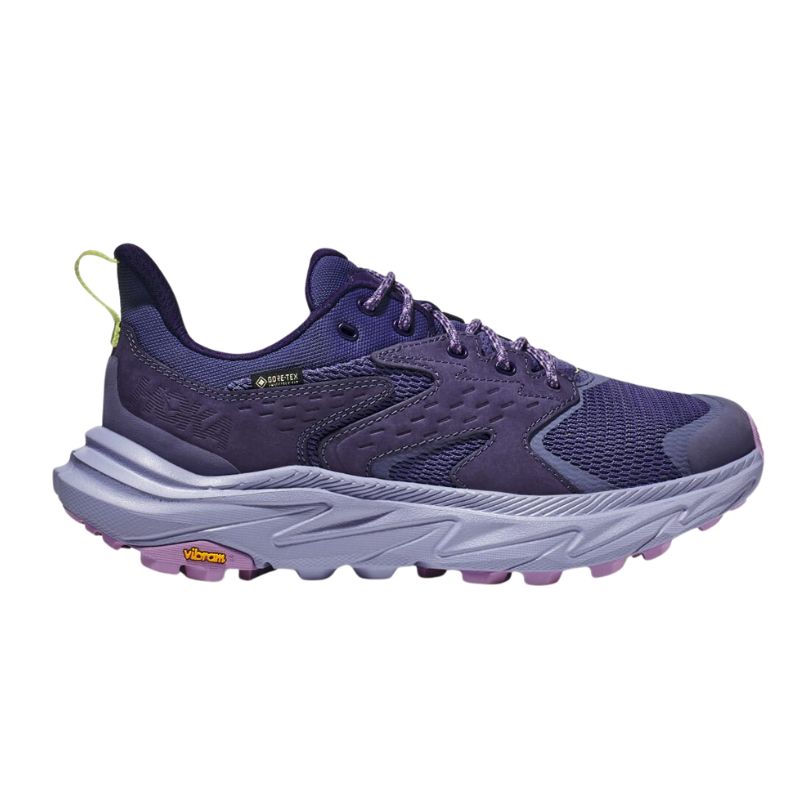
RRP: £140 | Hoka may be known for making some of the best running shoes but the hiking shoes and hiking sandals are also almost unmatched. This shoe is an excellent hiking shoe, designed to tackle hills and trails with ease. Comfortable, lightweight and comes in various colours.
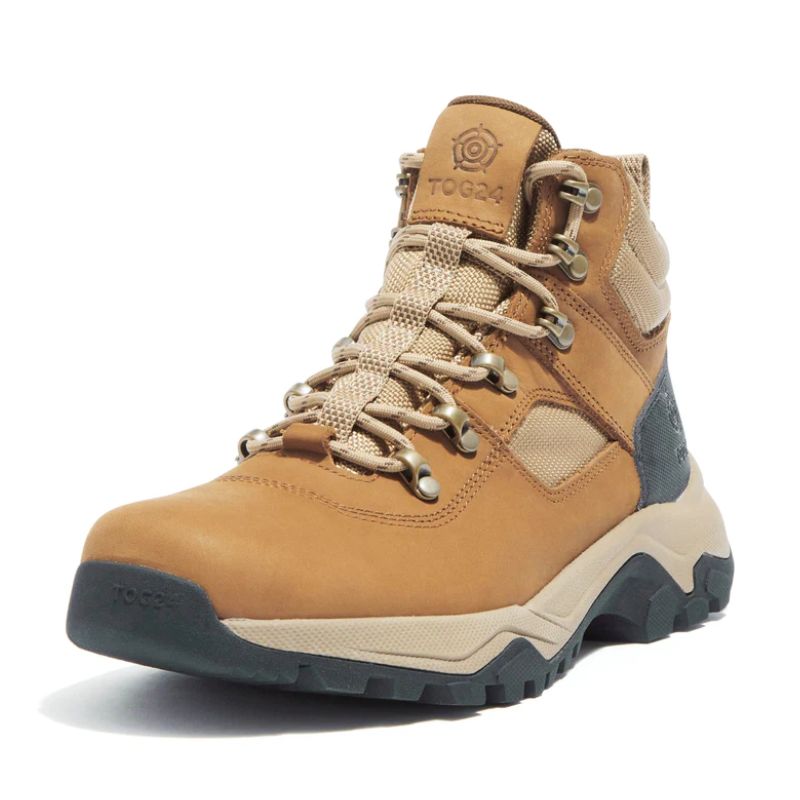
RRP: £140 | For a boot alternative, the Tundra is a waterproof catch-all. Sizes are limited, but this lightweight, comfortable boot offers support all day long with moulded inners and deep cleats on the outer sole for grip and traction. A durable shoe, it's sure to stand many winters to come.
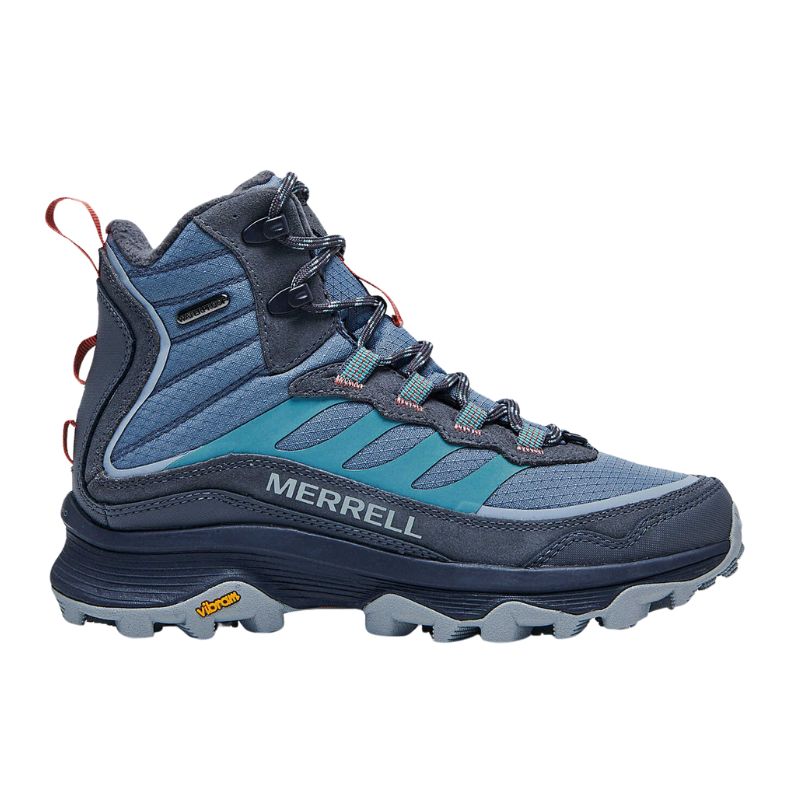
RRP: £160 | Designed specifically for cold weather, the Moab Thermo boot features a waterproof membrane to lock out water and a textured waterproof leather upper for ultimate support and comfort. The shoe has interlocking laces with metallic claps to allow for structure and freedom of movement.
What to carry while hiking
- Rucksack: A 15L rucksack is ideal for day hikes as it’s roomy enough for essentials. Many outdoor retailers provide free rucksack fittings.
- Hat: Protect your head and ears with a beanie, cap or headband.
- Gloves: Wind and waterproof gloves are essential and touchscreen ability is a plus.
- Spare socks: In case your feet get wet or for extra warmth, carry a pair of the best walking socks. "Merino is excellent for moisture and temperature management and offers a very good warmth-to-weight ratio, making them a great option year-round," says Smith on the materials to choose.
- Flasks: A bottle for water, and another of the best coffee travel mugs for warming tea, coffee or hot chocolate is a must.
- Snacks: Fuel yourself with easy-to-access foods, such as energy bars, nuts, dried fruit or flapjacks.
- Phone: Charge your phone before you go and take a portable charger and phone lead as backup.
- Sunglasses: The temps are low, but so is that winter sun, so protect your eyes from the glare with a pair of the best sunglasses.
- Essentials pouch: Have a pre-packed pouch of essentials, such as lip balm, tissues and plasters.
- Walking poles: These can help to reduce pressure on your knees and joints but be careful on rocky ground.
- Head torch: Provides light and alerts others to your presence when it begins to get dark.
What makes a good hiking wardrobe?
Like many women who enjoy the outdoors, I want clothes that provide comfort and functionality, but that I am also excited to wear - and I shouldn’t feel guilty about that.
Just because I love hiking doesn’t mean I want to resemble a sack of potatoes while I am doing it. It is not vain or superficial to want to look and feel your best, even when you are traipsing along a muddy trail.
One woman who appreciates the impact of both suitability and aesthetics is Jenn Drummond. "The right clothing ensures comfort and safety in challenging conditions. Proper sizing, insulation, breathability, and waterproofing all help us perform our best. Ill-fitting or inadequate gear leads to discomfort, cold, overheating, and potentially injury which can erode confidence or hinder success,” says Drummond, whose new book BreakProof seeks to help people combat that feeling of monotony that can creep up on you, especially with age.
“Aesthetics may seem less important than functionality but plays a role in confidence,” she adds. “When we feel confident and comfortable, it can positively affect our mindset and motivation. It's not about vanity; it's about feeling like you belong in the outdoor environment. When your gear complements your capabilities, it reinforces our sense of self and can be a source of empowerment.”
A journalist with two decades of experience, Susan interviewed A-list names in film and TV before going freelance and focusing on health, wellbeing, and lifestyle features. She has since spoken to world-renowned experts on the most innovative and effective ways to look after your mind and body; her work appearing in publications such as Daily Express, Daily Mirror, Metro, Fabulous and The Telegraph. When Susan isn’t working on her laptop, she is most content hiking in the Peak District or finding quiet camping spots to while away a weekend and knows first-hand the restorative benefits of being outdoors.
-
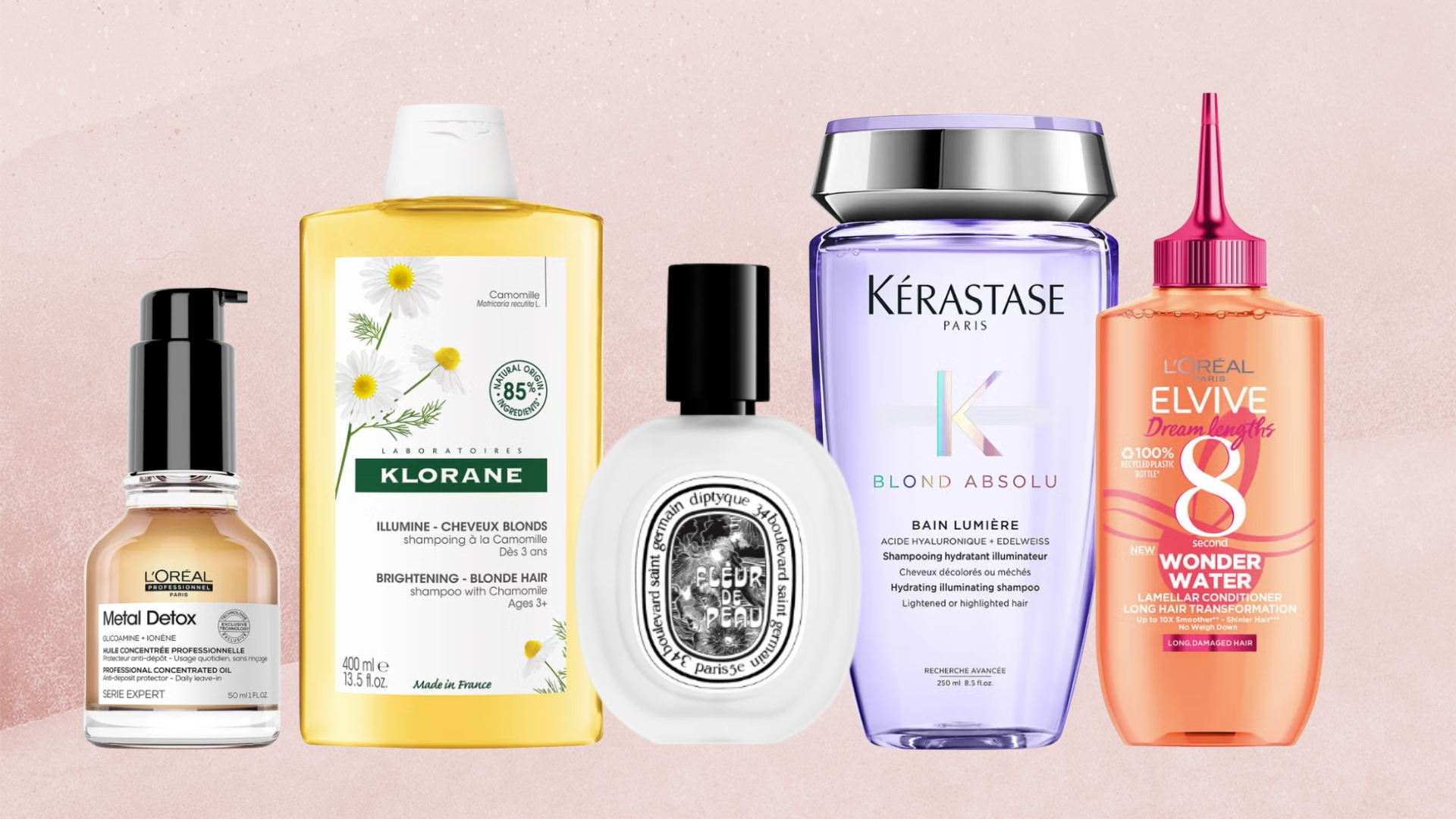 French haircare is our beauty team's (not so) secret to chic and hydrated strands - these are the 5 formulas to invest in
French haircare is our beauty team's (not so) secret to chic and hydrated strands - these are the 5 formulas to invest inWe'd love to do as the French women do and keep mum on our go-to haircare buys, but they're simply too good not to share...
By Naomi Jamieson Published
-
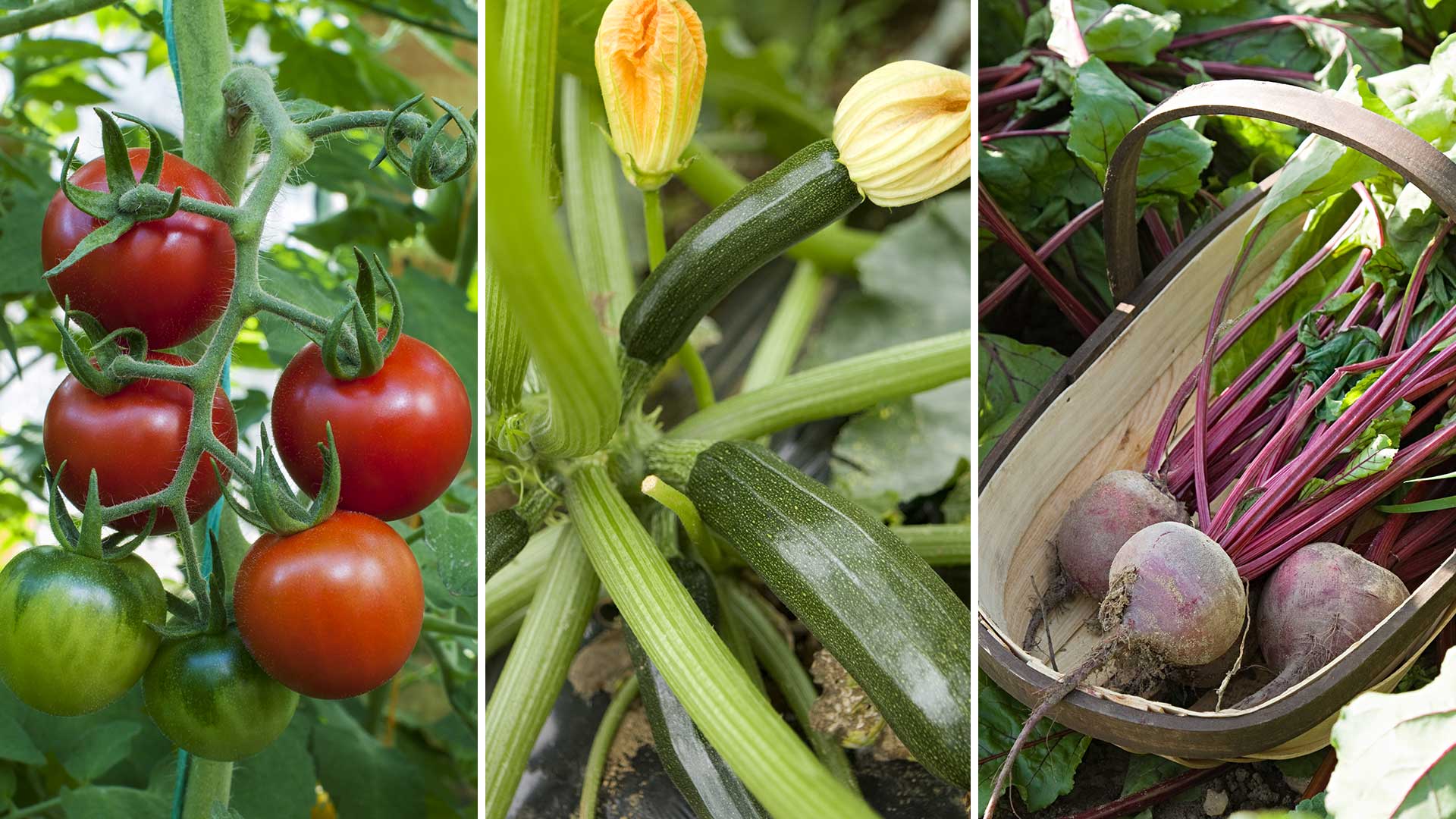 Vegetables to plant in April: 8 crops to start now for a delicious harvest later in the year
Vegetables to plant in April: 8 crops to start now for a delicious harvest later in the yearDiscover which vegetables to plant in April, and top tips for growing success
By Holly Crossley Published
